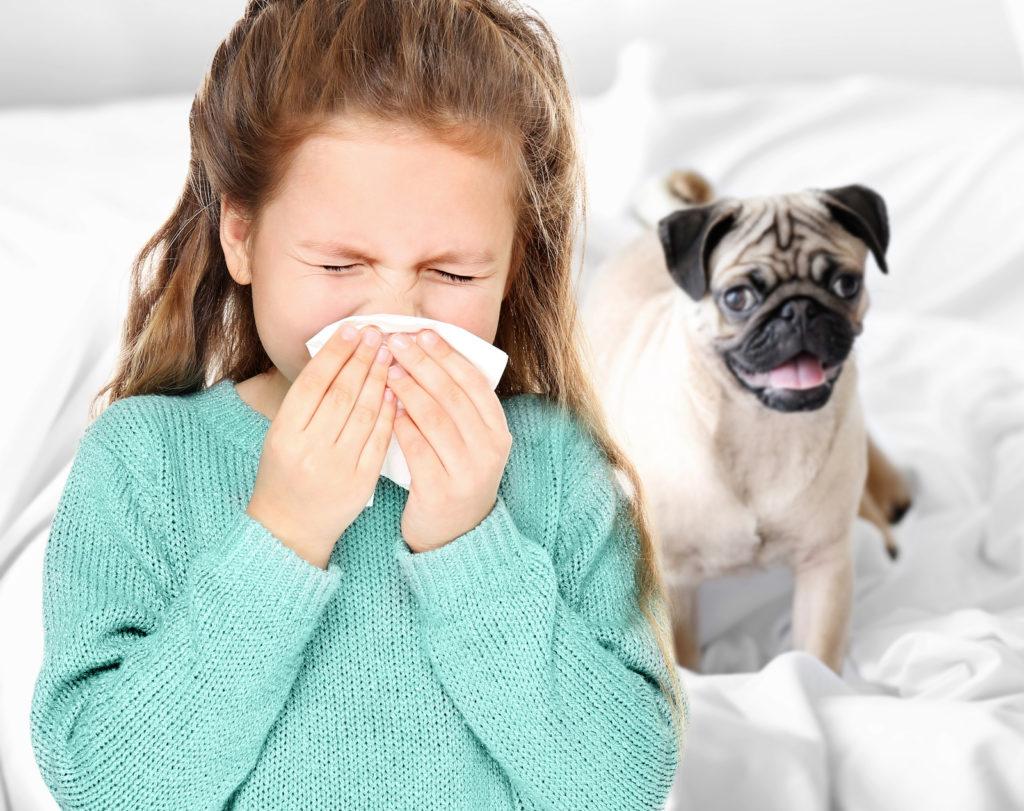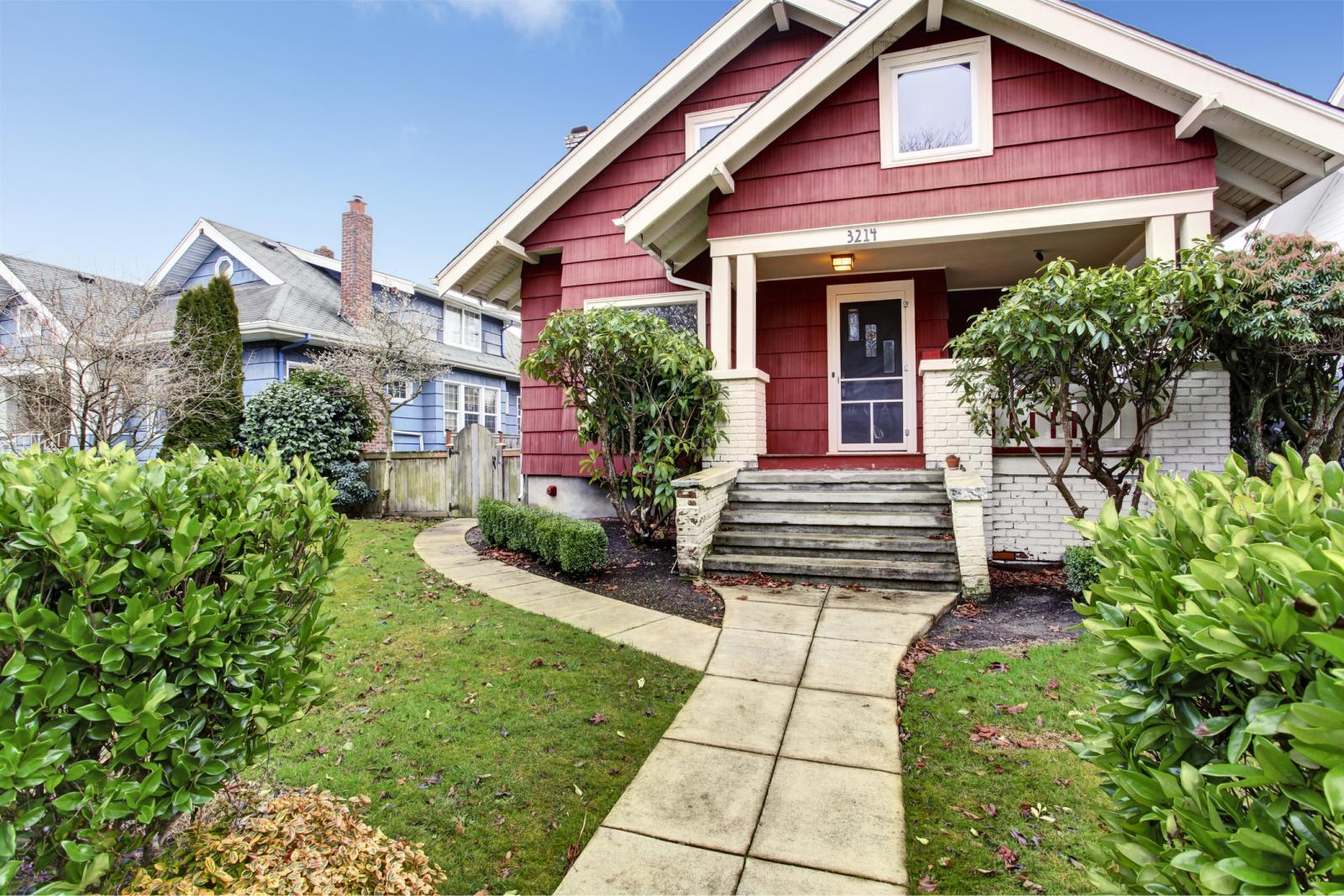Protect Your Indoor Air Quality With a Wildfire Smoke Air Purifier
Something’s in the air, and it’s not love–it’s toxic wildfire smoke particles that negatively impact the air quality outdoors and in our homes.
After another warm winter with less precipitation for many regions of the United States, the National Interagency Fire Center (NIFC) is warning about the potential for increased fire activity with acres already burned this year above the 10-year average. The NIFC puts out predictive outlooks that show where the potential for wildfires is highest in a given month.
Already this year, the largest wildfire in Texas history has burned more than a million acres, killed thousands of cattle, and destroyed hundreds of structures. At least two people have died as well.
Aside from the dangers and high levels of destruction associated with wildfires, the harmful smoke negatively impacts air quality far outside the danger zone. The smoke contains irritants and particles capable of traveling thousands of miles away.
Because wildfire smoke knows no boundaries regarding state lines or countries, you may not even know that you are breathing in pollutants from wildfires in other regions. Despite this, you may notice symptoms like coughing, runny nose, wheezing, or a burning sensation in your eyes or throat—even inside your home if you don’t have an existing wildfire smoke air purifier.
Although the wildfire smoke particulate size is invisible to the naked eye, it can impact everyone’s well-being. Meanwhile, those with existing respiratory or health concerns are at an elevated risk of illness and breathing difficulties. Fortunately, wildfire smoke air purifiers can trap these pollutants, and you can take other steps to minimize the effects.
Keep your indoor air breathable this wildfire season by learning how to protect yourself from wildfire smoke:
How to Protect Yourself from Wildfire Smoke
1. Stay up-to-date on wildfire news.
At-risk individuals, in particular, should closely follow the news and track smoke and wildfires. Even those that occur thousands of miles away may present a risk to individuals after a few days as the pollutants travel through the air. This will allow proper time to prepare for any changes that need to be made to prevent breathing difficulties, such as purchasing or installing a wildfire smoke air purifier or replacing an existing air filter.
2. Sign up for Air Quality Health Index alerts
Many local weather forecasters allow subscribers to sign up for weather and air quality & health index (AQHI) alerts. This system will send alerts directly to a smartphone or e-mail address to notify you when the air quality is poor and poses a risk to individuals with asthma, allergies, respiratory issues, or other relevant conditions. The weather app on your phone may also provide localized information.
3. Limit time spent outdoors (or avoid it altogether)
For healthy individuals, when wildfire smoke is present in the air, the Centers for Disease Control (CDC) recommends limiting the time you spend outdoors. Instead of taking a long hike for exercise, walk on the treadmill until the air quality outdoors improves. If you must spend time outdoors, consider wearing an N95 respirator mask to filter out pollutants.
Those with existing conditions should carefully follow the advice outlined for sensitive individuals in Air Quality & Health Index reports. In many cases, this means avoiding going outside altogether until conditions improve to err on the side of caution. Remember that indoor air can also be full of toxic particles without using an HVAC system with an adequate MERV rating or a wildfire smoke air purifier to remove these irritants from the air. In either case, monitor at-risk individuals closely during these alerts.
4. Keep your windows and doors closed
If you are at home, keep your windows and doors closed to help keep pollutants out. To aid in cooling down your home, turn to your HVAC system instead, which is equipped with a filter to capture small particles. Use the same method when traveling in your car and opt for the air conditioning instead of opening windows until the wildfire smoke has cleared from your area.
5. Replace your HVAC system's air filter.
Most homes with central heating and air conditioning have air filters that can remove some irritants from the air. The filter's effectiveness at removing smoke particles will depend on its MERV (Minimum Efficiency Reporting Value) rating. Wildfire smoke fine particulates are among the smallest measured (around 2.5 microns on average) and, thus, some of the most difficult to capture.
This requires a MERV 13 rating or higher, which is higher than most average residential air filters. Unfortunately, not all residential HVAC systems can use filters with a high MERV rating, so we recommend opting for a wildfire smoke air purifier in addition to your existing HVAC air filter.
You need to check and replace your air filters regularly. In typical conditions, most homeowners should replace them every 30 to 90 days, depending on the level of use of the HVAC system and whether or not you have pets. In areas affected by wildfire smoke, check your filter more regularly, and replace it as needed (which is likely more frequently than usual).
6. Invest in a wildfire smoke air purifier
Air purifiers and air filters share the common goal of removing harmful irritants from the air to produce cleaner air indoors. Air filters capture larger particles, while an air purifier for smoke captures smaller particles and sanitizes the air. Whole home air purifiers work in sync with your HVAC, but portable machines are also available.
We believe the best air purifiers for wildfire smoke are the ones that offer a whole-house solution, and filter the outdoor air before it gets into your home. To get the same level of air cleaning, you would need to get a portable home air purifier for every room in your home.
How to Choose the Best Air Purifier for Wildfire Smoke
Research conducted by the Environmental Protection Agency (EPA) shows that the particles that make up most wildfire smoke are very fine. They are known as PM2.5 and are best removed using air purifiers that contain HEPA (High-efficiency particulate air) filters and a powerful fan to push the air through the filter. One should also consider their existing HVAC layout and the size of their home in choosing the best air purifier for wildfire smoke:
Consider your existing heating and cooling units
If you don’t have central heating and cooling and rely on window unit air conditioners, baseboards, or other forms of heat, you can opt for a portable air purifier model for quick relief from wildfire smoke particles. Remember that even if there is no existing ductwork in your home, it is possible to install a ductless HVAC system with a whole-home air cleaner for a more powerful and effective way to protect your indoor air quality.
For homes with existing HVAC units, there is likely an air filter in place that will aid in removing wildfire smoke particles from the indoor air. Be sure to check your filter and ensure that it is clean. If not, replace the filter and remember that wildfire smoke may warrant more frequent air filter replacements as the filter works overtime to keep the air clean.
Consider adding a whole home wildfire smoke air purifier, such as Trane CleanEffects® Whole Home Air Cleaner, to your HVAC system for additional protection. This model, in particular, is 100 times better than a standard 1-inch air filter at removing particles from the air, with an ability to capture 99.98% of airborne particles down to 0.3 microns in size. It will improve your indoor air quality year-round.
Choose the right size wildfire smoke air purifier for your space
Much like air conditioning and heating units, air purifiers are designed to accommodate a variety of spaces. For example, an air purifier designed for a small studio apartment-sized space will be ineffective as a wildfire smoke air purifier for an entire 5000 sq ft home. By the same token, an air purifier designed for a large home would lead to excessive energy consumption if used in a small apartment. This information is typically displayed on the box or in the product description section as square footage compatibility, such as “for spaces up to 200 sq ft”. Be sure that this aligns with the size of your space for optimal performance.
Connect with an indoor air quality expert to discuss wildfire smoke air purifiers
Not sure which wildfire smoke air purifier is right for your home or want to learn about adding a whole-home unit to your existing HVAC system? Find a local Trane dealer to discuss your needs.




